
Mission & Vision
Photo by Ron Terner
Community Founded, Community Led, Community Focused
Our Mission
To restore the western Long Island Sound ecosystem in order to improve biodiversity, water quality, and coastal resilience by creating reefs of shells to encourage the population growth of the historically abundant oyster and other marine species around City Island. CIOR is building community awareness, promoting active stewardship, developing educational programs, collecting and sharing scientific data, promoting and supporting research, and collaborating with like-minded organizations to achieve this mission.
Our Plan
To achieve our mission, we have motivated people of all ages from a wide range of backgrounds and professional fields to work toward a common goal of cleaning our local waterways by restoring oyster reefs. We are a small, community-based environmental non-profit that focuses on the Western Long Island Sound, but we have a wider educational impact in the New York area. Since 2019, we have grown into an organization that is intergenerational, intersectional, and hyperlocal. In addition, we are almost entirely volunteers except for the young people we support, who are motivated students passionate about the marine environment. We provide ample opportunities for students to do research with our programs. We have developed design plans for 3 oyster reefs, which are in varying stages of the regulatory process. These future reefs will encourage oyster larvae recruitment, create habitat for biodiversity, assist shoreline protection, and provide a training ground for the community.
Our History
“If the world is to be saved, it will be saved by those who care deeply for very small places.”
— Elizabeth Coatsworth
CIOR History
The City Island Oyster Reef was initially formed in the spring of 2019 by several concerned residents of City Island who recognized the important role that oyster reefs play in the maritime ecosystem. Encouraged and inspired by City Island’s historical importance in the oyster industry, a group was formed to explore the possibility of restoring oysters to the local waters, not for consumption but for the significant role that oysters could play in improving the marine environment.
That summer, CIOR volunteers, along with two teachers from the local public school, P.S. 175, attended a workshop at the Billion Oyster Project and learned how to monitor oyster research stations. CIOR also conducted beach surveys to study the sandy and rocky shoreline of City Island to count, measure, and document living oysters and shells. Exploratory surveys were conducted to study the bottom substrate conditions to identify suitable sites for oyster reef restoration. CIOR also hosted two local events to engage and inform the City Island community of its activities and goals, and in December of 2019, was incorporated as a 501(c)(3) not-for-profit organization.
-
In 2020 CIOR set up a shell recycling program with the help of numerous volunteers and the cooperation of local City Island restaurants and other businesses. The shells of oysters and hard-shell clams continue to be collected on a regular basis from restaurants and curried at a designated site using protocol established by NYS Department of Environmental Conservation (DEC). CIOR volunteers have performed and are continuing to obtain basic water-quality parameters and to monitor oyster research stations at several locations around City Island.
CIOR has worked closely with like-minded organizations, including SUNY Maritime College, Save the Sound, and the Hudson River Foundation, as well as the NYC Department of Parks and the Billion Oyster Project; applied for and received grants from the National Fish and Wildlife Foundation and other sources; sponsored popular events for the purpose of fundraising and engaging the public; developed curricula and obtained scientific equipment for the local school; and designed artificial reefs for specific locations around City Island.
The History of Oysters on City Island
Although City Island is famous for its boat-building history, oyster harvesting was its most important industry long before that, and many Islanders became very wealthy during the 1800s providing oysters for the world market.
Shell middens (heaps of discarded shells) were found over a century ago on City Island, indicating that the native Lenape people had gathered and consumed shellfish from natural beds that had existed for thousands of years.
About 1830, a Connecticut boat builder, Orrin Fordham, purchased property on the east side of City Island and began to “plant” oysters there by throwing empty shells on top of existing reefs. Many historians now recognize City Island as the first area in New York where the commercial practice of seeding oysters took place.
In 1853, the New York Herald reported that the largest proportion of all East River oysters used in New York came from City Island, “where there are extensive artificial and natural beds.” And in 1881, the U.S. government’s Fisheries Bureau gave credit to City Island “for developing the practice of propagating oysters from seed by throwing shells on artificial beds or prepared receptacles.”
The methods for gathering oysters from reefs, both natural and artificial, remained the same for much of the 19th century. An oysterman in a skiff would rake up oysters from the reefs with tongs or rakes and gather them into the boat. Oyster sloops were larger and provided more room for the raked oysters, which had to be removed from debris that came into the boat with them. After being collected, the oysters would be stored in an oyster barge or container until they could be transported to the Fulton Street Fish Market by oyster schooners.
Dredges eventually became the preferred tool, but they caused considerable damage to the reefs than the other tools and eventually diminished the reefs. It is not surprising that after the oystering business declined in the 1890s because of pollution as well as overfishing, City Islanders took the logical next step and became boat builders, the island’s major industry for another century.
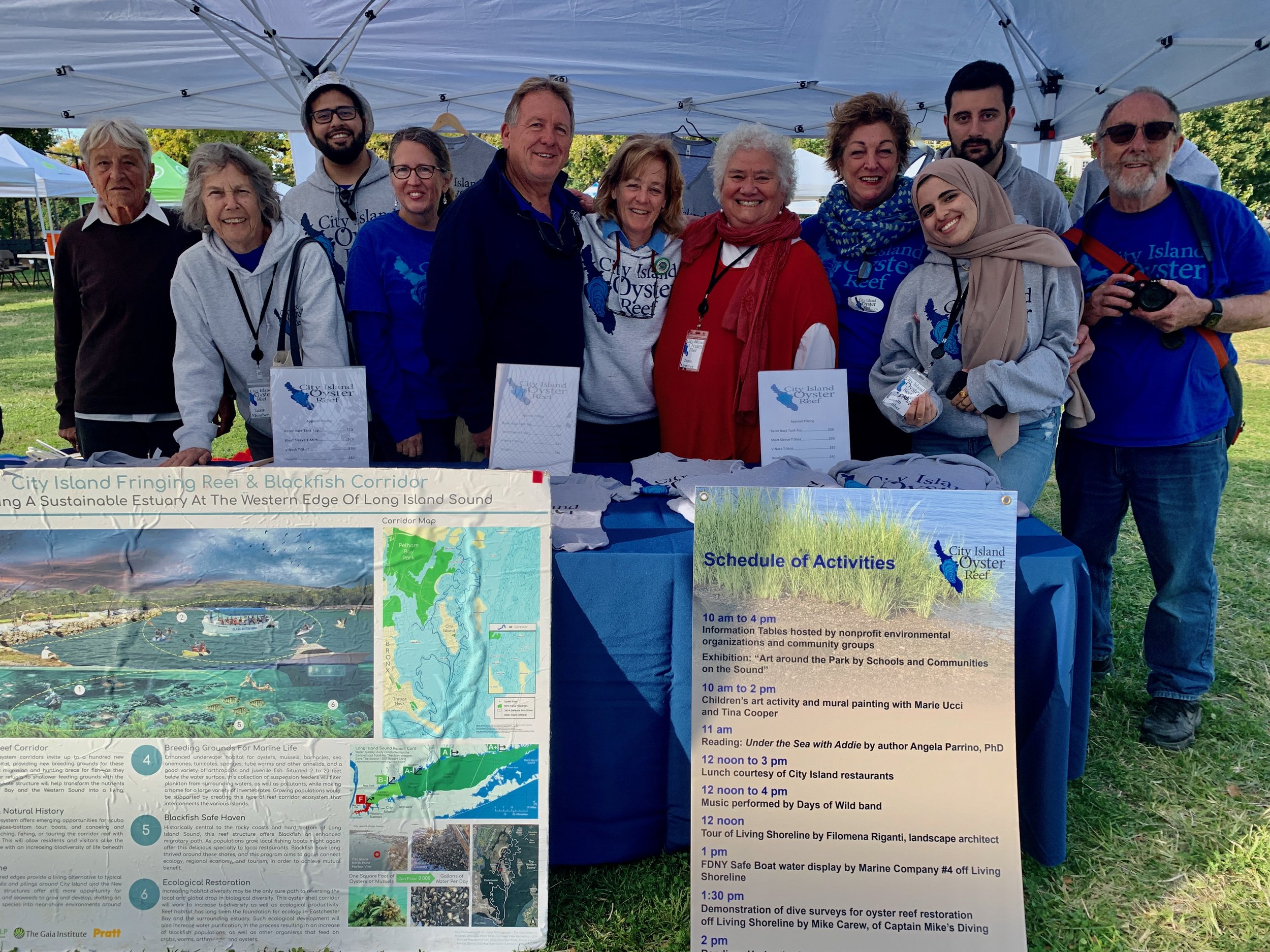
Our Team
Board of Directors
-

Sally Connolly
CHAIR
-

Mike Carew
VICE CHAIR
-
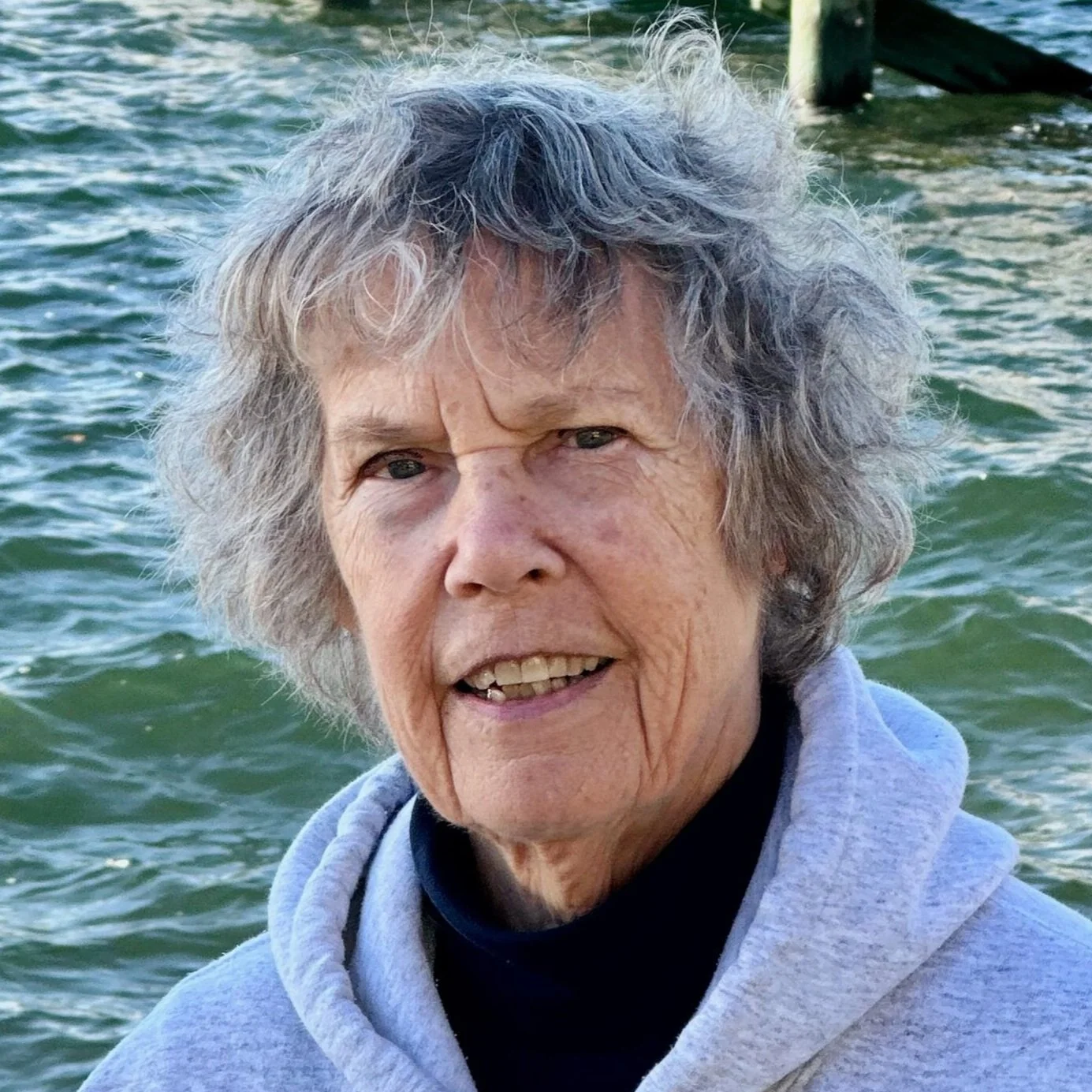
Barbara Dolensek
SECRETARY
-

Barbara Zahm, PhD
TREASURER
-

Hailey Clancy, PhD
-
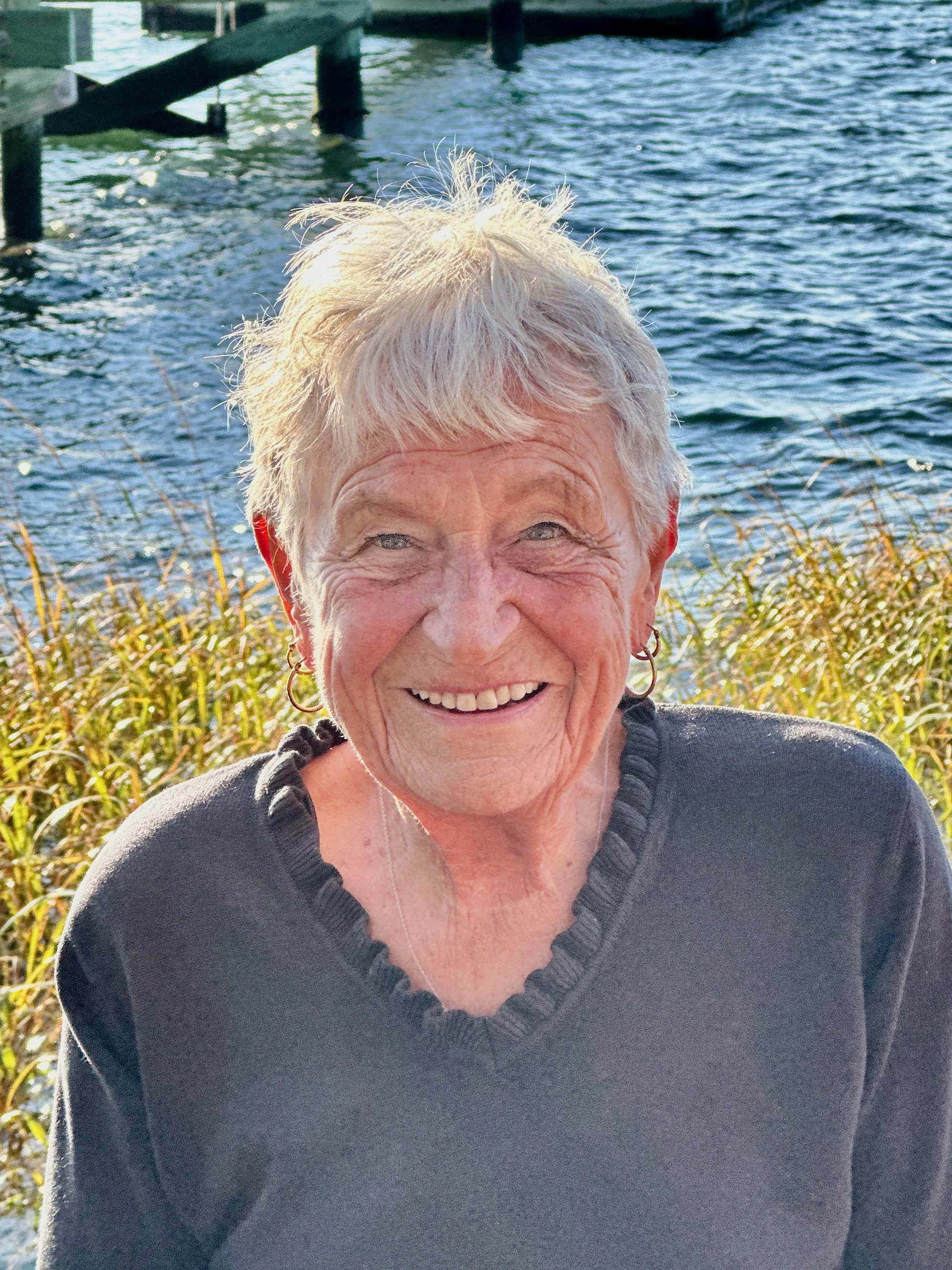
Ann (Adjie) Henderson, PhD
-

Maria Caruso
-

Heike Neumeister, PhD
(1963-2020)
CIOR Team
-

Luna Placchi
EDUCATIONAL & COMMUNITY OUTREACH COORDINATOR
-
Alex Acevedo
PROJECT COORDINATOR
-

Frank Williams
FIELD COORDINATOR
-
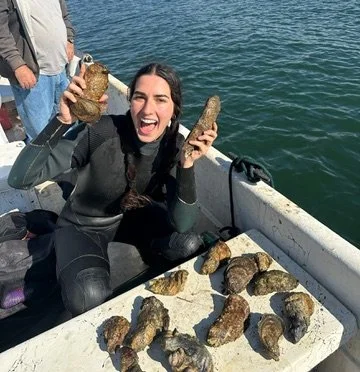
Eliana Abrams
FIELD COORDINATOR
-

Antonio (Nico) Acosta
PROJECT COORDINATOR
-
Board of Advisors
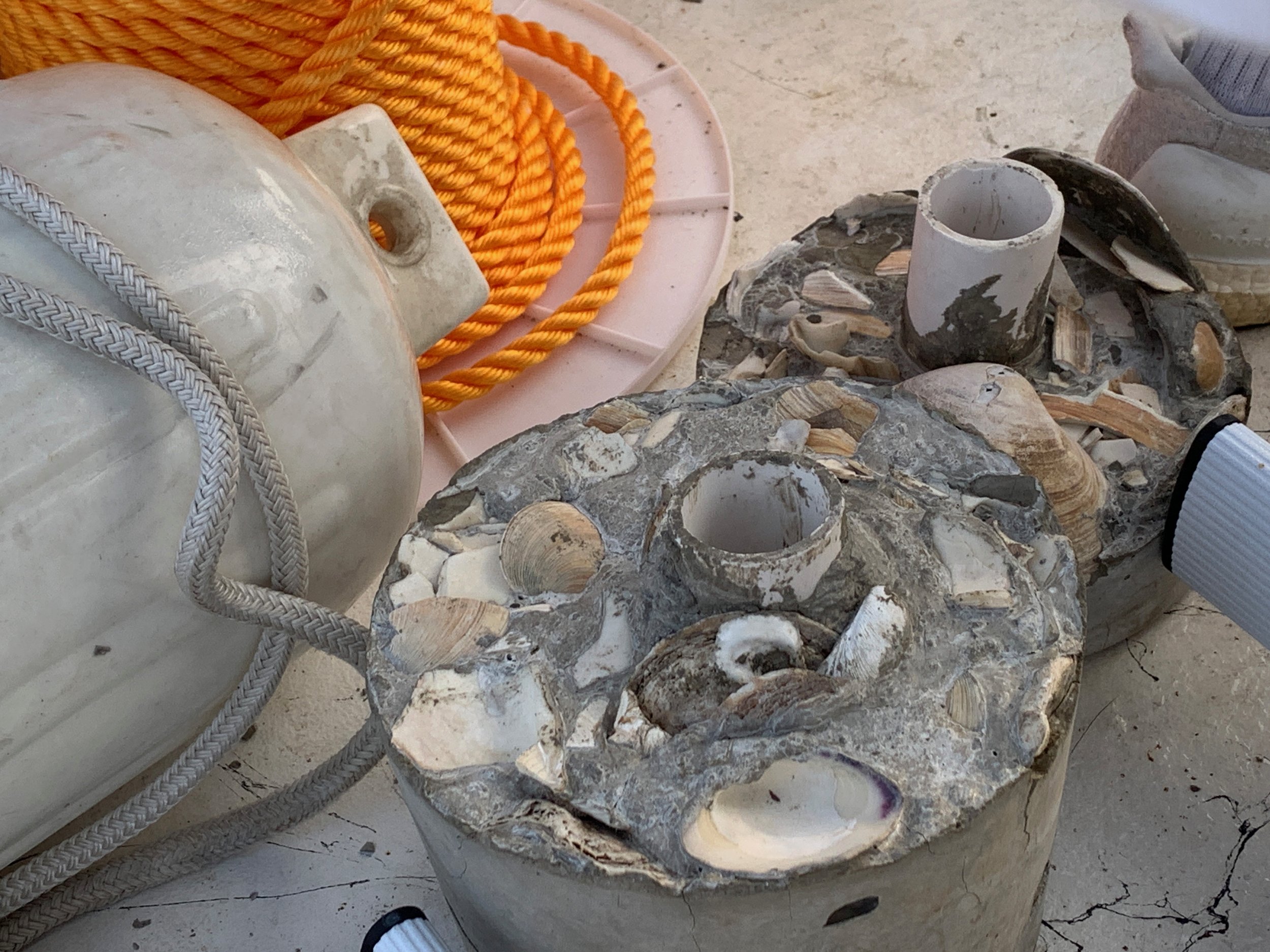
Our Collaborators
No one can do it alone. We are able to make a difference with the help of our incredible funders and collaborators.
We collaborate with like-minded groups across New York and beyond, sharing research and practices to collectively strengthen coastal ecosystems and drive a broader movement for sustainable coastal ecosystems.
Funders
Councilmember
Kristy Marmorato
Assemblyman
Mike Benedetto

































































